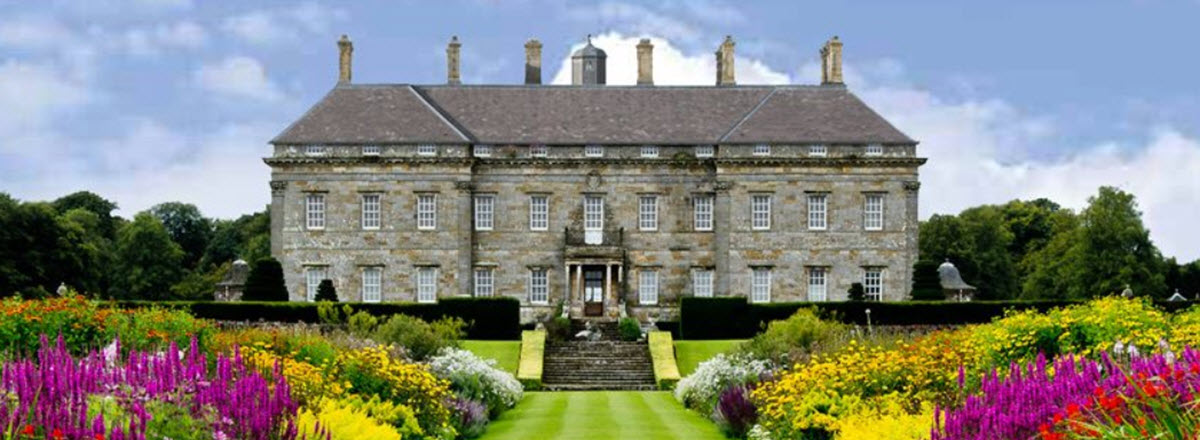Contents
Kinross House
This late 17th-century country house is widely hailed as the most important early classical mansion in Scotland, and it has fortunately retained many of its original interior decorations.
It is a Category A listed building, and its grounds are listed in the Inventory of Gardens and Designed Landscapes in Scotland.
The grounds cover 100 acres of gardens and woodland. Castle Island in Loch Leven is included in the estate, and this is the island where you find the famous ruined medieval castle Loch Leven Castle. Sir William Bruce, the first owner of Kinross House, purchased the island in 1675 and used the castle as a focal point when the garden of Kinross House was laid out. You can read more about Loch Leven Castle below.

Where is Kinross House located?
Kinross House is located in Kinross-shire, Scotland, not far from the burgh Kinross. The house overlooks Loch Leven.
Coordinates: 56.203003°N 3.409553°W
Kinross House today
Kinross House is available for rent for gatherings, e.g. weddings, meetings and parties.
Reception rooms and bedrooms are available in both the Manor House and the Coach House. The Manor House has 14 bedrooms and the Coach House has ten.
History of Kinross House
The architect Sir William Bruce built this house for himself, with construction starting in 1685. It is regarded as one of his finest works.
In the late 18th century, Kinross House was acquired by the Montgomery family, and it remained the home of the Montgomery’s for roughly two centuries.
In 2010, the estate was purchased by the Yorkshire businessman Donald Fothergill who embarked on an extensive refurbishing of the property.
Learn more about Kinross House
Kinross House has been featured in two 21st century BBC TV series:
How We Built Britain (2007)
The Country House Revealed (2011)
Loch Leven Castle
Loch Leven Castle is a ruined medieval castle on Castle Island in Loch Leven. The remains of the castle are protected as a scheduled monument in the care of Historic Environment Scotland.
The exact origins of the castle remains unknown, but it might have been constructed in the 1250s when the 16-year-old King Alexander III of Scotland was forcibly brought to the island by his regents. We do know that the castle was captured by Scottish forces before the end of the 13th century.
Loch Leven Castle became the property of William Douglas, 1st Earl of Douglas, in the latter part of the 14th century and would stay with the Douglas family for 300 years.
Loch Leven has been involved in many historical episodes of great importance to Scotland and England. It was for instance in this castle that Mary Queen of Scots debated the future of Scottish Reformation with Presbyterian theologian John Knox. Later, in 1567-1568, she was held here as a prisoner, and this was the spot where the abdicated the Scottish throne in favour of her infant son James VI, who eventually became King James I of England. After her abdication, Mary managed to escape from Loch Leven Castle with help of her gaoler’s family.
Visiting Loch Leven Castle
A ferry brings the public to Castle Island in the summer time.
